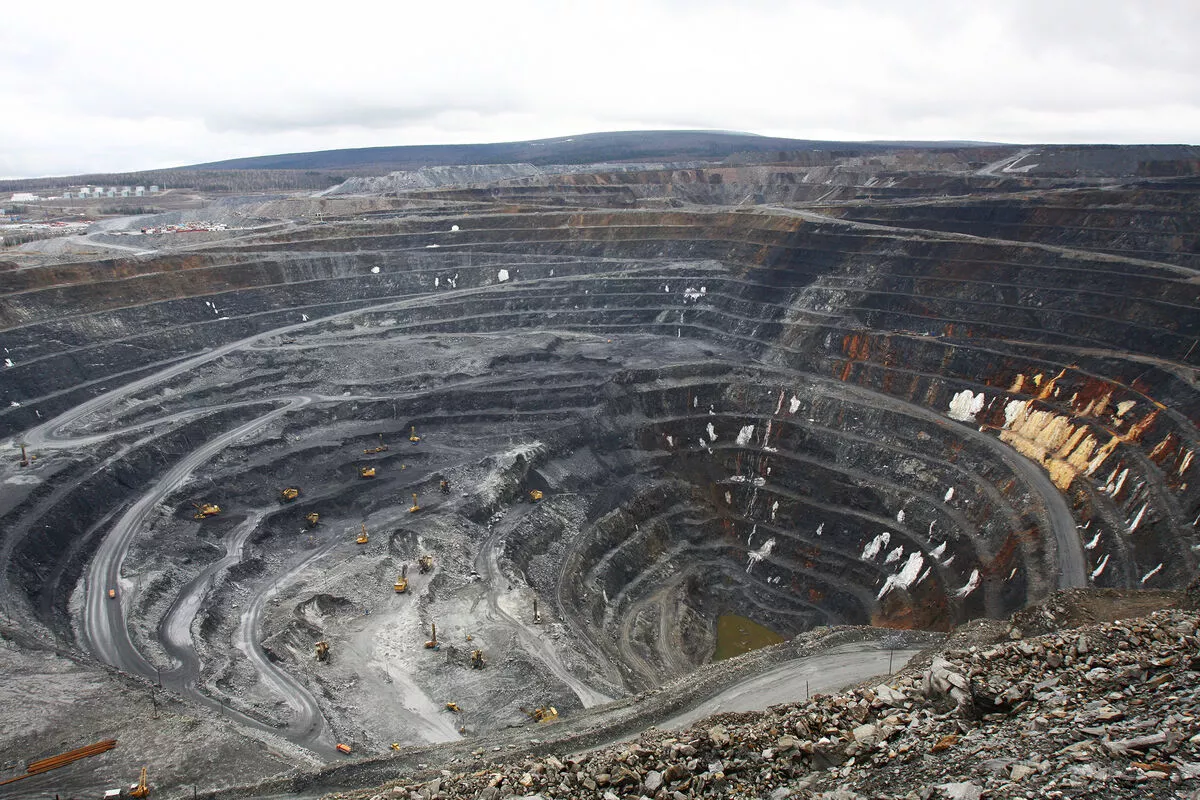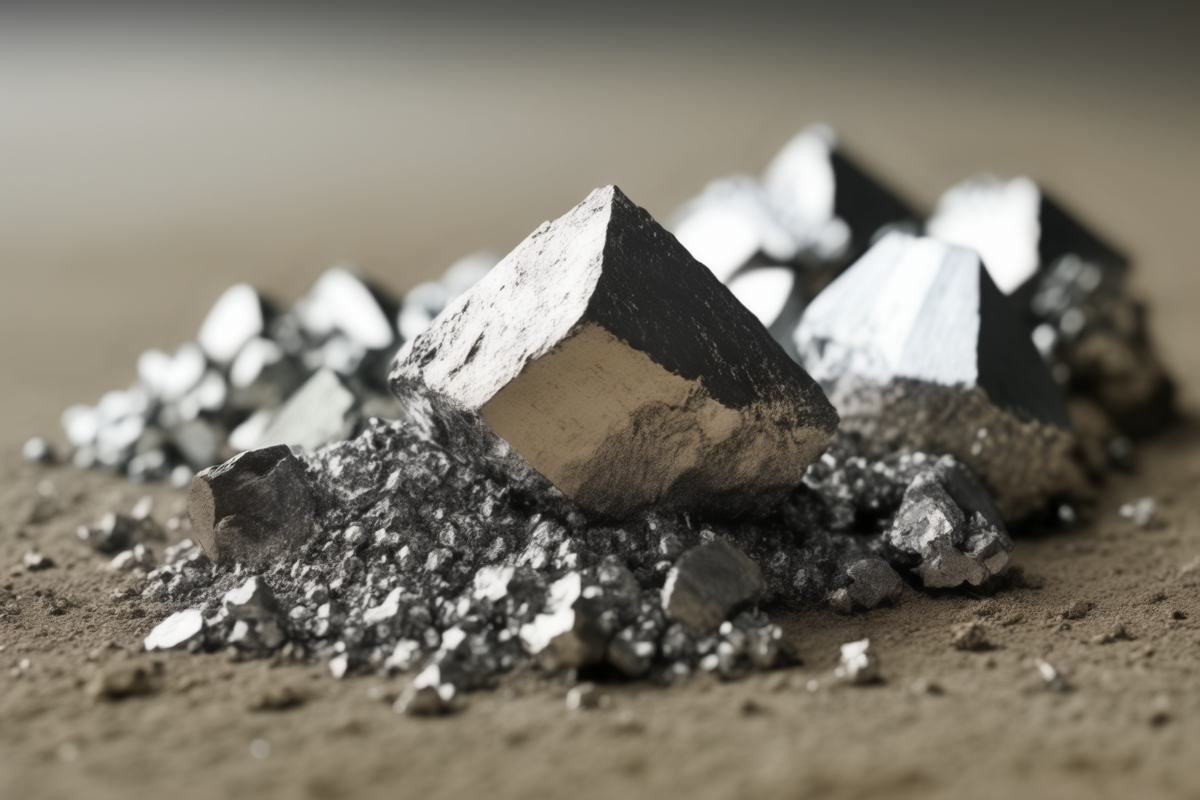The United States Geological Survey estimated that in 2024 there were 110 million tonnes of deposits worldwide. This includes 44 million in China, by far the world’s largest producer.
Workers use machinery to excavate a rare earth mine in Ganxian County, in the central Chinese province of Jiangxi.
Rare earths are minerals used to manufacture magnets that are crucial to the automotive, electronics and defence industries, as well as renewable energy.
The US Treasury Secretary criticised export restrictions imposed by Beijing last week on technologies used for mining, smelting and other stages of rare earth processing. Scott Bessent said on Thursday that it was ‘China versus the world’. Here are some key points you should know:
Are they rare?
Not really. With names like dysprosium, neodymium and cerium, rare earths are a group of 17 heavy metals abundant in the Earth’s crust. The US Geological Survey estimated that in 2024 there were 110 million tonnes of deposits worldwide. This includes 44 million in China, by far the world’s largest producer.
An estimated 22 million tonnes more are in Vietnam and 21 million in Brazil, while Russia has 10 million and India nearly seven million tonnes. But extracting the metals requires intensive use of chemicals that generate toxic waste and have caused several environmental disasters. Many countries are also wary of taking on the high financial costs of production.
The minerals are often found in minute concentrations, which means that large quantities of rock must be processed to produce the refined product, often in powder form.
Why are they special?
The 17 rare earths are found in a wide variety of everyday and high-tech devices, from light bulbs to guided missiles.
Europium is crucial for television screens, cerium is used to polish glass and refine oil, lanthanum makes catalytic converters in cars work—the list of uses in today’s economy is virtually endless.
They all have unique properties that are largely irreplaceable or can only be substituted at prohibitive costs. Neodymium and dysprosium, for example, enable the manufacture of nearly permanent, super-strong magnets that require little maintenance, making it feasible to place ocean wind turbines to generate electricity far from shore.
China in the lead
For decades, China has taken full advantage of its reserves by investing heavily in refining operations, often without the strict environmental oversight required elsewhere.
Beijing has also filed a huge number of patents on rare earth production, creating a hurdle for companies in other countries hoping to launch large-scale processing.
As a result, many companies find it cheaper to send their ore to China for refining, reinforcing global dependence.
In April, Beijing began requiring domestic exporters to apply for a licence, seen as a response to US tariffs that raised alarm in Washington over slowing rare earth supplies.
In June, US President Donald Trump praised an agreement that would allow China to provide the vital elements ‘from the outset.’ But supply chains had not fully stabilised; bureaucratic delays and selective approval still prevented many companies from securing timely access to materials, even before China expanded its restrictions.

Strategy and sourcing
The United States and the European Union obtain most of their supply from China. Both are trying to boost their own production and better recycle what they use to reduce dependence on Beijing.
In April, Beijing began requiring domestic exporters to apply for a licence, which is seen as a response to US tariffs that raised alarm in Washington over slowing rare earth supplies.
At the height of a trade dispute between the United States and China in 2019, Chinese state media suggested that rare earth exports to the United States could be reduced in retaliation for US measures, causing fear among manufacturers.
In 2010, Japan experienced the pain of a cut first-hand when China halted rare earth exports due to a territorial dispute.
Since then, Tokyo has worked hard to diversify its supplies, signing agreements with Australian group Lynas for production in Malaysia and increasing its recycling capabilities.




